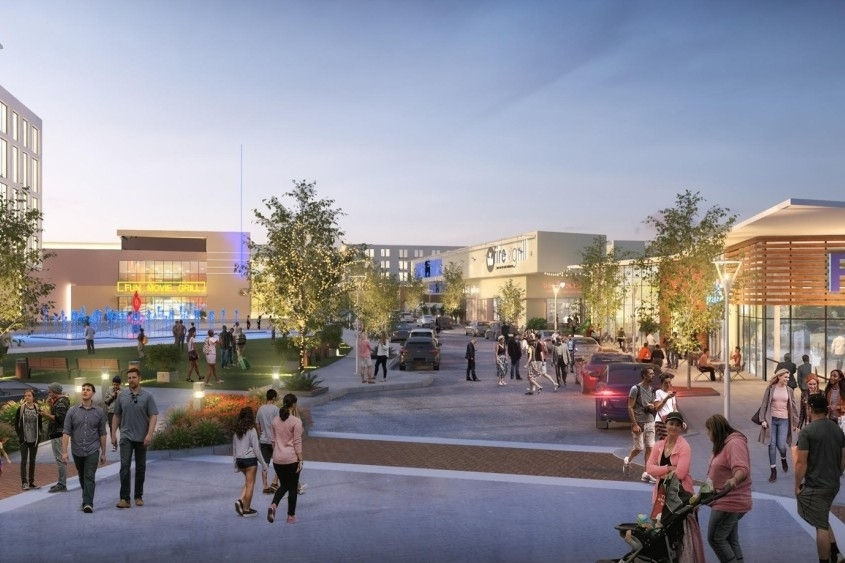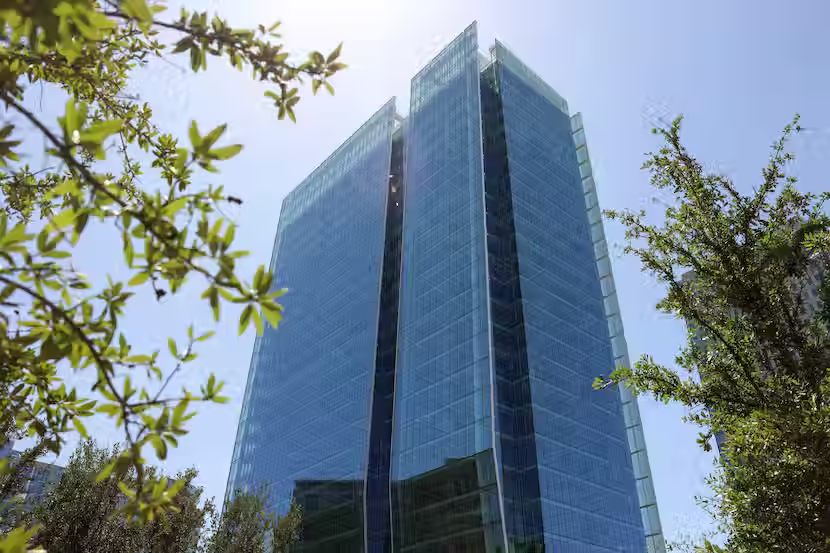Unlocking Opportunity: Essential Commercial Real Estate Insights for Dallas-Fort Worth
- Brandon Scribner

- Aug 13
- 2 min read
The following report was generated using Gemini Deep Research, with "Q2 Insights: How DFW’s Office Market Has Evolved and What It Means" as the initial source.

The Dallas-Fort Worth office market is at a critical inflection point. While headlines may focus on a 20-year high vacancy rate, a deeper look reveals a more nuanced story—a "Great Divide" creating distinct risks and opportunities across Dallas and Collin counties. For agents, investors, and tenants, understanding these powerful undercurrents is the key to making strategic decisions. This post delivers the essential commercial real estate insights you need to navigate this evolving landscape.
The Tale of Two Markets: Quality is Everything
The most significant trend is a dramatic "flight to quality." The market has split into two tiers: new, amenity-rich Class A and Trophy properties, which are in high demand, and older, dated Class B and C buildings, which face growing obsolescence. While the overall vacancy rate is high, prime submarkets like Uptown and Preston Center in Dallas County, and Legacy/Frisco in Collin County, are thriving.
Tenants today are not just leasing square footage; they are investing in a workplace experience. The new standard is "lifestyle integration," where modern offices are part of a walkable ecosystem with wellness features, retail, and hospitality. This is a crucial commercial real estate insight: buildings that fail to offer this integrated experience will struggle to compete for top-tier tenants.
What This Means for You
For the Real Estate Agent: Your role has evolved from broker to strategic advisor. Tenant representation now requires a deep understanding of a client's talent pool, especially with the new "15-to-20-minute" commute constraint driving demand for multiple, smaller offices across the DFW metroplex. For landlord reps, the conversation must be about strategic capital: either invest heavily to reposition older assets or explore converting them for alternative use.
For the Investor: Capital is returning to DFW, but it’s highly selective. The most successful strategies follow a "barbell" approach. On one end, investors are paying a premium for stabilized, new Trophy assets in core locations. On the other, opportunistic capital is targeting well-located but obsolete buildings for value-add redevelopment. The middle market—undifferentiated, older buildings—carries the most risk.
For the Client: The focus must shift from cost-per-square-foot to the total value of the workplace. A cheaper lease in an older building could cost more in the long run through lower employee retention and productivity. Furthermore, with new construction at its lowest level in over a decade, a supply shortage of premium space is imminent. This creates a window of opportunity for tenants to lock in favorable terms on high-quality spaces before market power shifts decisively to landlords in 2026.
The DFW office market is being fundamentally reshaped. Success in this new environment depends on recognizing the bifurcation and acting on these critical commercial real estate insights.
References:



